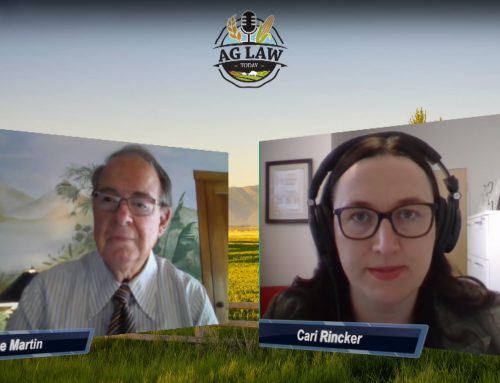Researchers predict that we’ll be a population of 9 billion or more and counting by 2050, and each and every one of those mouths will need to eat. It’s an issue that the powers that be are attempting to solve proactively, and there are many avenues identified already for attacking such a problem. From GMO superfoods to indoor agriculture, it’s hoped that each avenue will be able to have an end result of more food reaching more people. One promising avenue is reducing food waste.
It’s estimated that between 25 to 40 percent of all food grown, processed or transported to the U.S. is wasted. Our farmers and ranchers work hard every day, but a quarter to nearly a half of what they grow or produce will never be consumed. Instead, that roughly 133 billion pounds of food is thrown away. Much of it is thrown into landfills where it emits greenhouse gases like methane, making further troubles for the Earth. A new data-driven road map by the group ReFED is set to help anyone and everyone—environmentalists, the ag and food industries, governments, businesses and more—to identify the most cost-effective ways to help reduce food waste.
The road map includes graphs and financial data on food waste-reduction methods for everything from composting to standardizing labels to processing facilities for produce thought too unappealing for consumer tastes. There are options for everyone from individual consumers to ideas that could be implemented nation-wide. After all, it’s the little bits that can add up to a lot.



